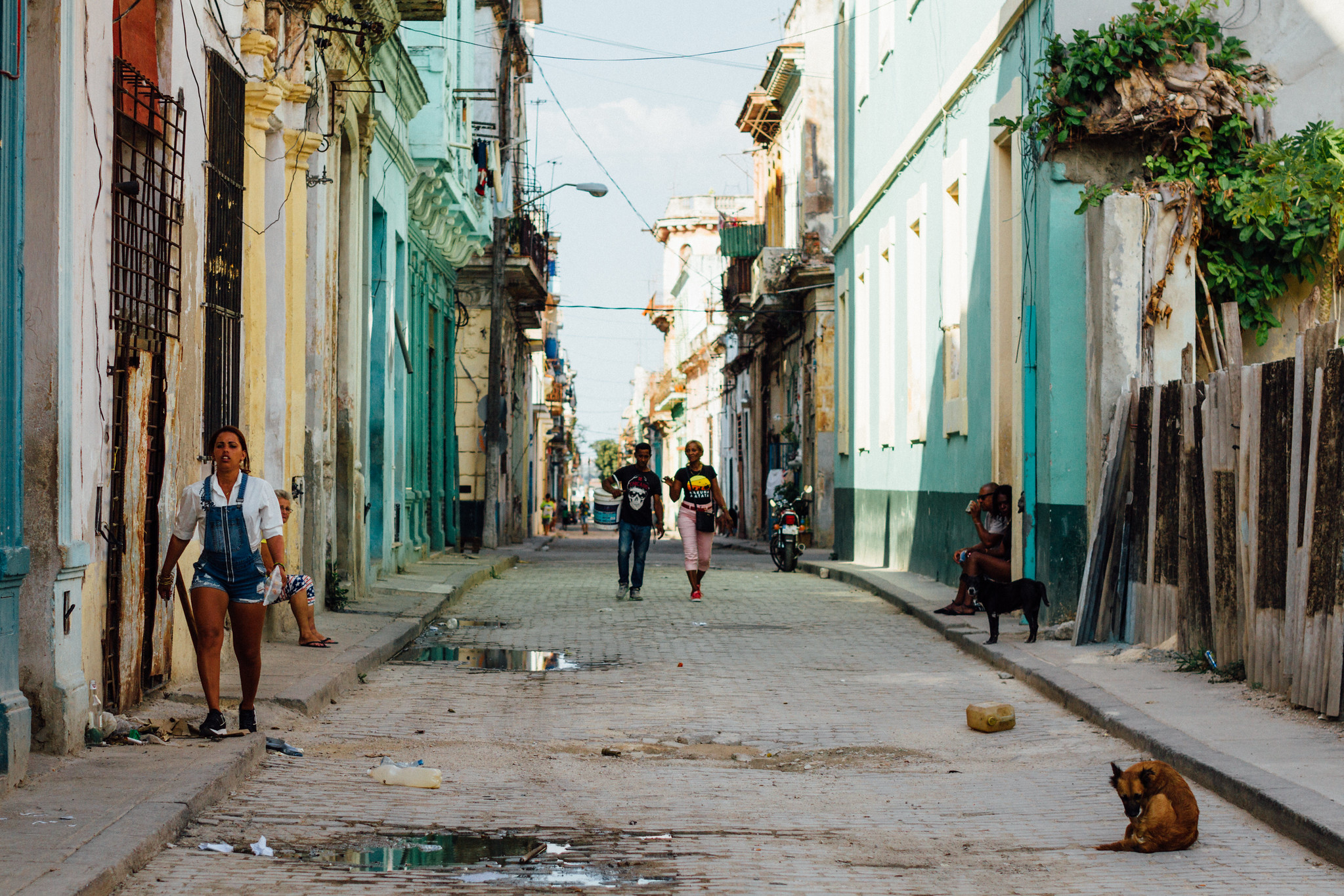A Nation on the Brink

A few days ago in Madrid, I had the opportunity to meet with two independent Cuban journalists. They were in the city to offer a firsthand account of the grim realities on the island. As our conversation began, one of them declared that the communist regime in Cuba was in its final stages and that its fall was imminent.
As someone who has worked on human rights in Cuba for over two decades, I’ve heard this sentiment countless times. Skeptical, I asked them: “Why now? What has changed in the last six years to make this claim different from the others?” Their response was a stark and sobering recount of Cuba’s deepening crisis—a reality that is impossible to ignore. Here’s a snapshot of how life on the island has deteriorated.
For decades, the Cuban regime proudly touted its healthcare system as one of its crowning achievements. Today, that myth is crumbling under the weight of harsh realities. Doctors are no longer prescribing the most effective treatments but rather the only medications they have available—if any. Patients must source basic supplies, from scalpels to IV fluids, on their own. Prescriptions often aren’t written on official forms but hastily scrawled on scraps of paper with a doctor’s seal and signature.
“This didn’t happen six years ago,” the journalists assured me.
Electricity shortages have also become a defining feature of daily life. Cubans no longer speak of blackouts—they speak of alumbrones, rare moments when the lights are on. Even in Havana, blackouts can last up to 20 hours a day, fueling growing anger and despair.
“This didn’t happen six years ago,” they repeated.
More than energy alone, Cuba’s resource crisis is further exacerbated by its dependence on thermoelectric plants, which require fuel—now in critically short supply or mismanaged. With dwindling shipments from Venezuela and insufficient imports from Mexico, the country struggles to power its grid or fuel its transportation network. Public buses, once overcrowded but operational, have largely vanished. People now walk or bike to work, and travel between towns is nearly impossible. Even garbage collection has stalled, leaving refuse to pile up in cities.
“This wasn’t the case six years ago.”
The mass protests on July 11, 2021—11J—marked a seismic shift in Cuban society. For decades, dissent was stifled, and protests were nonexistent. But that day, thousands took to the streets to demand better healthcare, electricity, and, most importantly, freedom. Although the regime’s response was swift and brutal, the silence was broken. Since 11J, expressions of discontent—whether through organized protests, frustrated conversations in markets, or complaints in endless queues—have become more frequent.
So, what, of note, happened six years ago to make some of these changes possible? The Cuban government altered its communications policies, allowing those who could afford it to access mobile data. This change has been transformative, enabling Cubans to connect with one another and share information with the outside world. It has become a vital tool for amplifying voices of dissent and documenting the regime’s failures.
As I reflected on our conversation, I realized their assessment might even understate the severity of the crisis. The scarcity of food, medicine, and necessities has reached levels unseen in decades. So, I found myself wondering: Could it be true? Is the fall of Cuba’s communist regime truly imminent?
Let us hope so. But hope alone is not enough. Democratic governments in the region must rise to the occasion. They must be prepared to support the Cuban people as they work to build a free, democratic state founded on the rule of law. The Cuban people deserve no less.
Photo: The streets of Havana, Cuba by Adam Cohn under CC BY-NC-ND 2.0 via Flickr.

